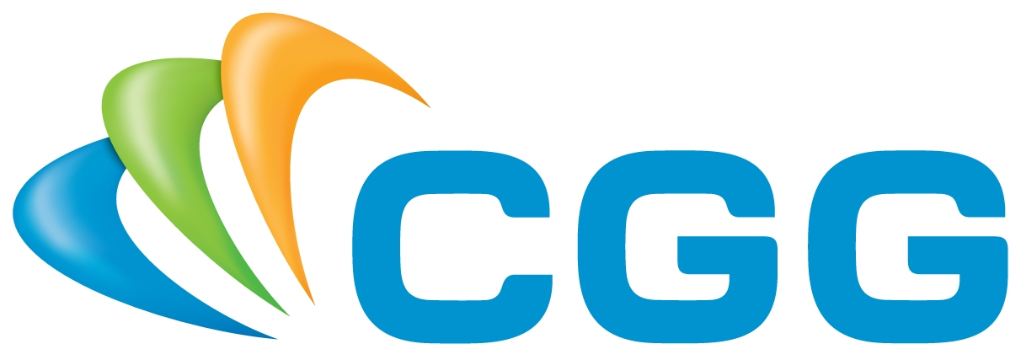Rock Physics SIG: Feasibility Study of Fracture Characterization from Seismic Data: SEAM II Barrett Model -Sep 8th

Sponsored by CGG
NOTE: Date and Time Changed to Wednesday, September 8th, at 5:00 PM.
Online Only
NOTE: You Must Be Logged In to Register.
Speaker: Youfang Liu, CSM PhD candidate
Several P-wave azimuthal anisotropy studies have been conducted for the SEAM II Barrett model data. However, these analyses provide fracture property estimation that is inconsistent with the actual model properties. Therefore, we perform a feasibility study to understand the influence of the overburden and reservoir properties, and the processing and inversion steps, which together determine the success of the fracture interpretation from seismic data. 1D model properties (orthorhombic for both overburden and reservoir) are first extracted from the actual Barrett model properties at two locations. Anisotropic prestack reflectivity modeling exposes the true orthorhombic response of the 1D medium in the form of Common Offset and Common Azimuth (COCA) gathers. The true anisotropic response is obscured in the Barrett data (generated by finite element modeling) due to the mild lateral velocity variations and orthorhombic anisotropy in the overburden.
We then expose the reservoir anisotropic response by using an isotropic overburden in the reflectivity modeling. This shows that the P-wave VVAZ responses generated by the reservoir itself are weak, which leads to an unstable VVAZ inversion to estimate the interval NMO velocity anisotropy. The reservoir thickness (125m or 65ms TWT) or NMO velocity anisotropy (6-7%) needs to be at least doubled to obtain a stable VVAZ inversion. Anisotropic geometrical-spreading correction improves the amplitude-versus-azimuth (AVAZ) inversion results when reflectivity modeling models orthorhombic overburden.
The converted wave (C-wave) has a stronger VVAZ response compared to the P-wave. We suggest that the C-wave data could be useful to constrain fracture interpretation in the Barrett model. We conclude that the results of previous studies are due to the combination of the residual influence of overburden after processing and imaging, and the weak anisotropy responses from the reservoir.
Speaker Biography: Youfang Liu, CSM PhD candidate
I did my undergraduate in China before moving to the USA for my graduate study. I first stayed at University of Arizona for my master in geophysical engineering. After a few years of working in oil and gas industry, I am currently working on multicomponent seismic data processing and inversion for my PhD study at Colorado School of Mines
**Access information will be sent to all registrants after registration closes.
Price List:
|
Pre-Registered |
Late/Walk-Up
|
Member
|
Free |
Free |
| Non-Member |
$10 |
$10 |
** Please be aware that ALL registrations must go through the 'Checkout', even if your total is zero. Registration is not confirmed until you complete the checkout process.
THANK YOU TO OUR SPONSOR:
